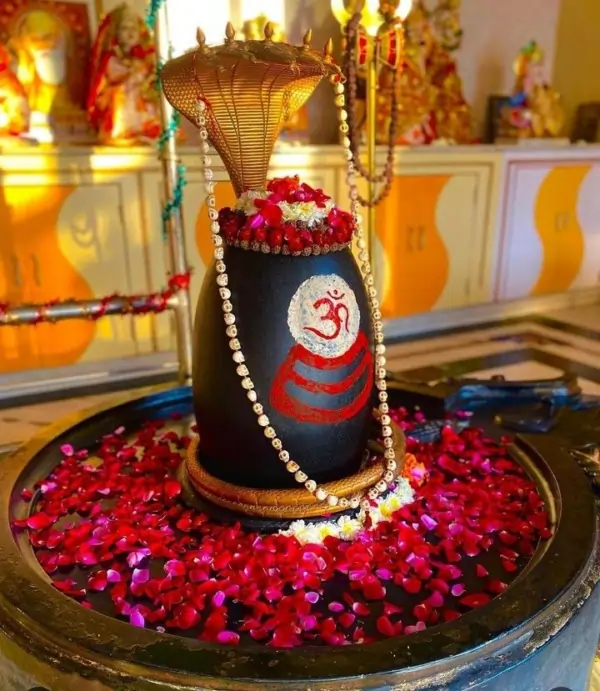
The Mahamrityunjay Jaap 11000 is one of the most powerful healing mantras in Hindu tradition, dedicated to Lord Shiva in his aspect as the conqueror of death. When performed as an extensive jaap (recitation) of 11,000 repetitions, combined with the Dhanvantari Shakti Homa, it creates a powerful spiritual practice for healing, longevity, and protection. This guide will help you understand and perform these sacred rituals in a simple and accessible way.
The Mahamrityunjay Mantra Jaap
The Mantra and Its Meaning
Sanskrit:
ॐ त्र्यम्बकं यजामहे सुगन्धिं पुष्टिवर्धनम् ।
उर्वारुकमिव बन्धनान्मृत्योर्मुक्षीय माऽमृतात् ॥
Transliteration:
Om Tryambakam Yajamahe Sugandhim Pushti-Vardhanam
Urvarukamiva Bandhanan Mrityor Mukshiya Maamritat
Meaning Mahamrityunjay Jaap 11000:
“We worship the three-eyed Lord Shiva, who is fragrant and nourishes all beings. May he liberate us from death for the sake of immortality, just as a cucumber is severed from its bondage (to the creeper).”
Benefits of the Mahamrityunjay Mantra Jaap
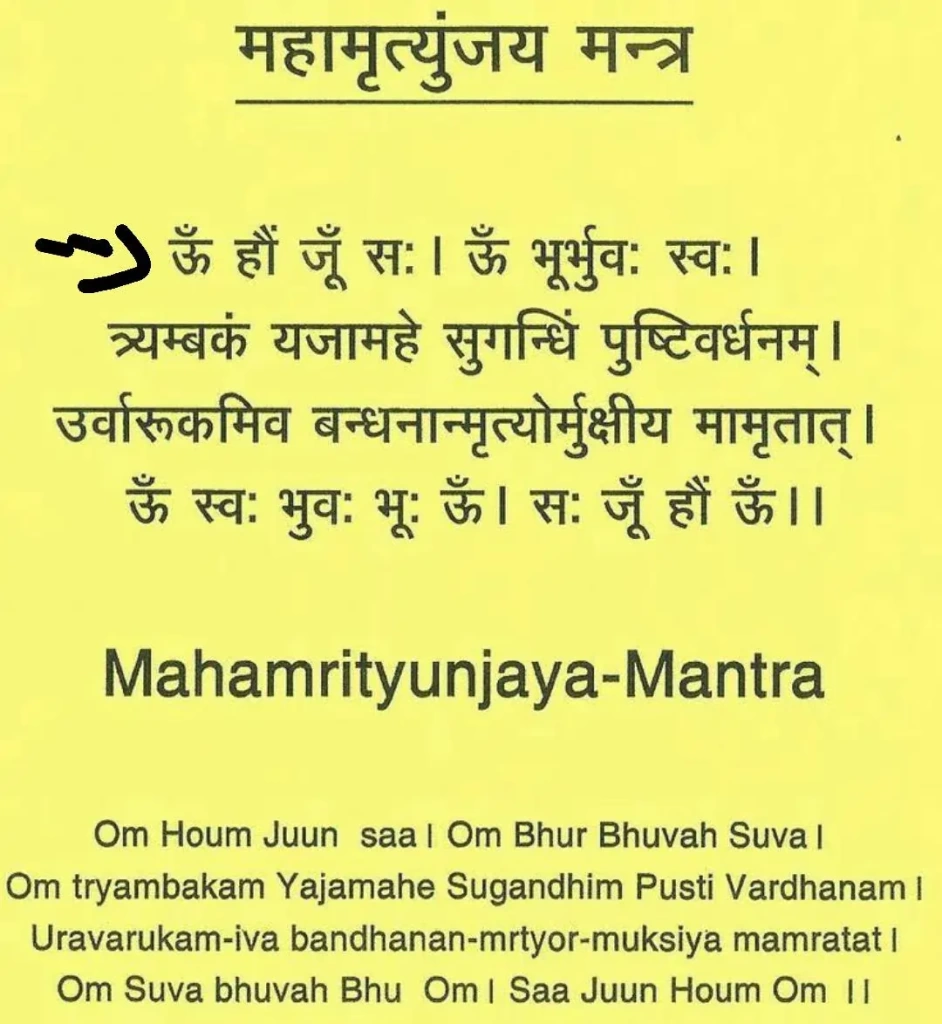
- Promotes healing and recovery from illnesses
- Offers protection from accidents and untimely death
- Removes fear and anxiety
- Brings peace and spiritual awakening
- Purifies negative karma
- Strengthens the body’s natural healing abilities
- Provides relief from chronic diseases
Preparation for 11,000 Mahamrityunjay Jaap
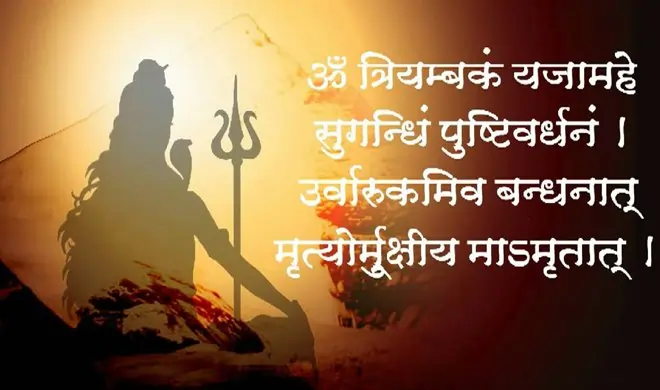
Spiritual Preparation
- Inner Purification: Observe sattvic (pure) lifestyle for at least 3 days before the ritual
- Mental Clarity: Meditate daily to clear your mind
- Intention Setting: Clearly define your purpose for performing the jaap
- Devotion: Cultivate bhakti (devotion) towards Lord Shiva
Physical Preparation
- Sacred Space: Create a clean, quiet space facing east or north
Altar Setup:
- Place an image or idol of Lord Shiva and Lord Dhanvantari
- Arrange a small copper or brass kalash (water pot)
- Keep incense, oil lamp, flowers, and fresh fruits.
- Have a rudraksha mala (prayer beads) with 108 beads
- Keep pure water, ghee, and sesame seeds for offerings
Items Needed to perform Mahamrityunjay Jaap 11000
- Rudraksha or sandalwood mala with 108 beads
- White or yellow cloth to sit on
- Dhoop/incense sticks (preferably sandalwood)
- Ghee lamp
- Copper vessel for water offerings
- Gangajal (holy water), if available
- Bilva leaves, flowers, and fruits for offerings
- Camphor for aarti
- Sesame seeds, rice, and ghee for homa
- Panchamrit (milk, curd, honey, sugar, ghee)
Want to know more about Yagya and Havan
Performing the 11,000 Mahamrityunjay Mantra Jaap
Timing
The best times to perform this ritual are:
- During the Brahma Muhurta (4:00-6:00 AM)
- During Pradosh Kaal (twilight time)
- On Mondays, Trayodashi (13th day of lunar fortnight), or Shivratri
Step-by-Step Process for Mahamrityunjay Jaap 11000
Initial Purification:
- Take a bath before starting the ritual
- Wear clean, preferably white clothes
- Apply vibhuti (sacred ash) or chandan (sandalwood paste) on the forehead
Sankalpa (Sacred Vow):
- Sit in a comfortable posture (preferably Padmasana or Sukhasana)
- Close your eyes and take three deep breaths
- State your intention clearly in your mind or aloud
Invocation:
- Light the lamp and incense
- Offer water, flowers, and fruits to Lord Shiva
- Chant Om Namah Shivaya 11 times to invoke his presence
Jaap Process of Mahamrityunjay Jaap 11000:
- Hold your mala in your right hand, using your thumb and middle finger (not index finger)
- Begin chanting the Mahamrityunjay Mantra clearly and with correct pronunciation.
- Count each round of 108 mantras using a counter or notes
- Complete 103 full malas to reach 11,000+ repetitions
- You can divide this practice over multiple days if needed (minimum 7 days, maximum 40 days)
Meditation:
- After completing the jaap, sit quietly for 11 minutes
- Visualize healing light from Lord Shiva entering your body or the person for whom the jaap is performed
Gratitude:
- Offer flowers and perform aarti with camphor
- Express gratitude to Lord Shiva and all divine forces
Practical Tips for Completing Mahamrityunjay Jaap 11000
- Time Management: If performing in one day, allocate 8-10 hours (with breaks)
- Division Method: Divide into 7-11 days, performing 1,000-1,600 mantras daily
- Focus Technique: Concentrate on the meaning while chanting
- Physical Comfort: Use a comfortable cushion; adjust posture as needed
- Energy Maintenance: Take short breaks, drink water, and have light fruits
- Voice Care: Chant softly when voice tires; mental recitation is also effective
Arogya Murti Dhanvantari Shakti Homa
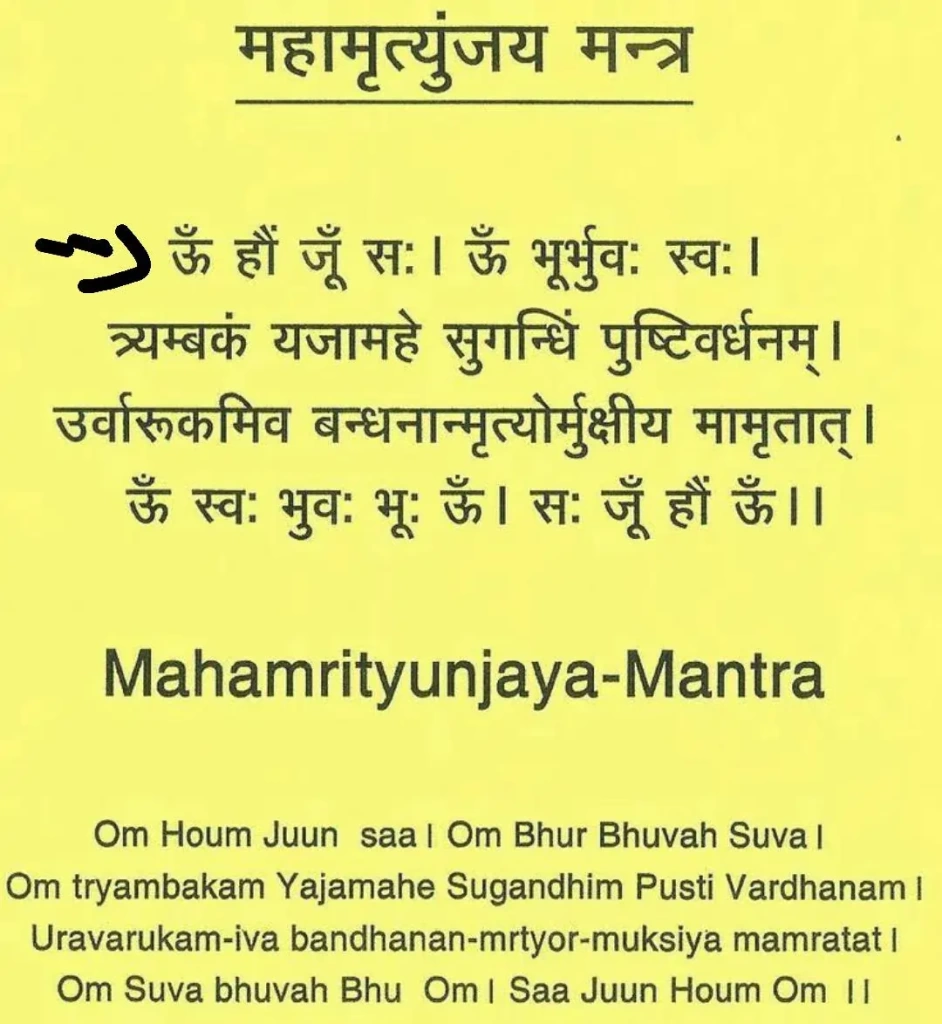
Understanding Dhanvantari
Lord Dhanvantari is considered the divine physician and the father of Ayurveda. He is depicted holding the pot of amrita (nectar of immortality), a leech, a conch, and a chakra. The Dhanvantari Shakti Homa invokes his healing energies.
Preparing for the Homa
1. Homa Kund (Fire Pit):
- Create a small square fire pit using bricks or use a copper/brass homa kund
- Size can be approximately 1×1 feet
- Line with sand or clay if needed
2. Homa Materials:
- Samidha (wooden sticks, preferably from mango or palash tree)
- Ghee (clarified butter)
- Rice mixed with ghee
- Sesame seeds
- Herbs (if available): Tulsi, Neem, Brahmi, Ashwagandha
- Honey and milk for final offerings
Performing the Dhanvantari Shakti Homa
1. Fire Preparation:
- Arrange wood in the homa kund in a pyramidal structure
- Light the fire using natural materials (no petroleum products)
2. Invocation:
- Chant the Dhanvantari mantra:
Om Namo Bhagavate Vasudevaya Dhanvantaraye Amrita Kalasha Hastaya Sarva Amaya Vinashanaya Trailokyanathaya Sri Mahavishnave Namah
3. Main Offerings:
- Offer ghee with each chant of the Mahamrityunjay Mantra (minimum 108 times)
- Offer sesame seeds with the mantra “Om Dhanvantaraye Namah” (108 times)
- Offer herbal mixtures for specific health benefits
4. Concluding Offerings:
- Offer mixed grains, fruits, and sweets
- Pour a mixture of milk, honey, and ghee as final offering
5. Closing Prayers:
- Circumambulate the fire clockwise three times
- Offer gratitude to Lord Dhanvantari and Lord Shiva
- Bow down respectfully
Combining Both Practices for Maximum Benefit
Recommended Sequence
- Begin with the Mahamrityunjay Jaap in the morning
- Take a short break for lunch (light, sattvic food)
- Perform the Dhanvantari Shakti Homa in the evening
- Complete with a final round of 108 Mahamrityunjay Mantras
Enhanced Benefits
When combined, these practices offer comprehensive benefits:
- The Mahamrityunjay Mantra removes negative energies and obstacles to healing
- The Dhanvantari Homa actively infuses healing energies
- Together, they create a powerful balance of removing illness and establishing wellness
Simplified Approach for Modern Practitioners
For Those with Limited Time or Resources
1. Simplified Jaap:
- Perform 108 mantras daily for 108 days
- Use digital counters if mala is not available
- Set a consistent time each day
2. Simplified Homa:
- If you cannot perform a full homa, light a ghee lamp
- Offer ghee with each mantra
- Visualize the healing flames purifying and energizing
4. Urban Adaptation:
- Use a small copper vessel for symbolic homa
- Perform on a balcony or well-ventilated area
- Use ready-made homa kits available in spiritual stores
Post-Ritual Care and Continuation
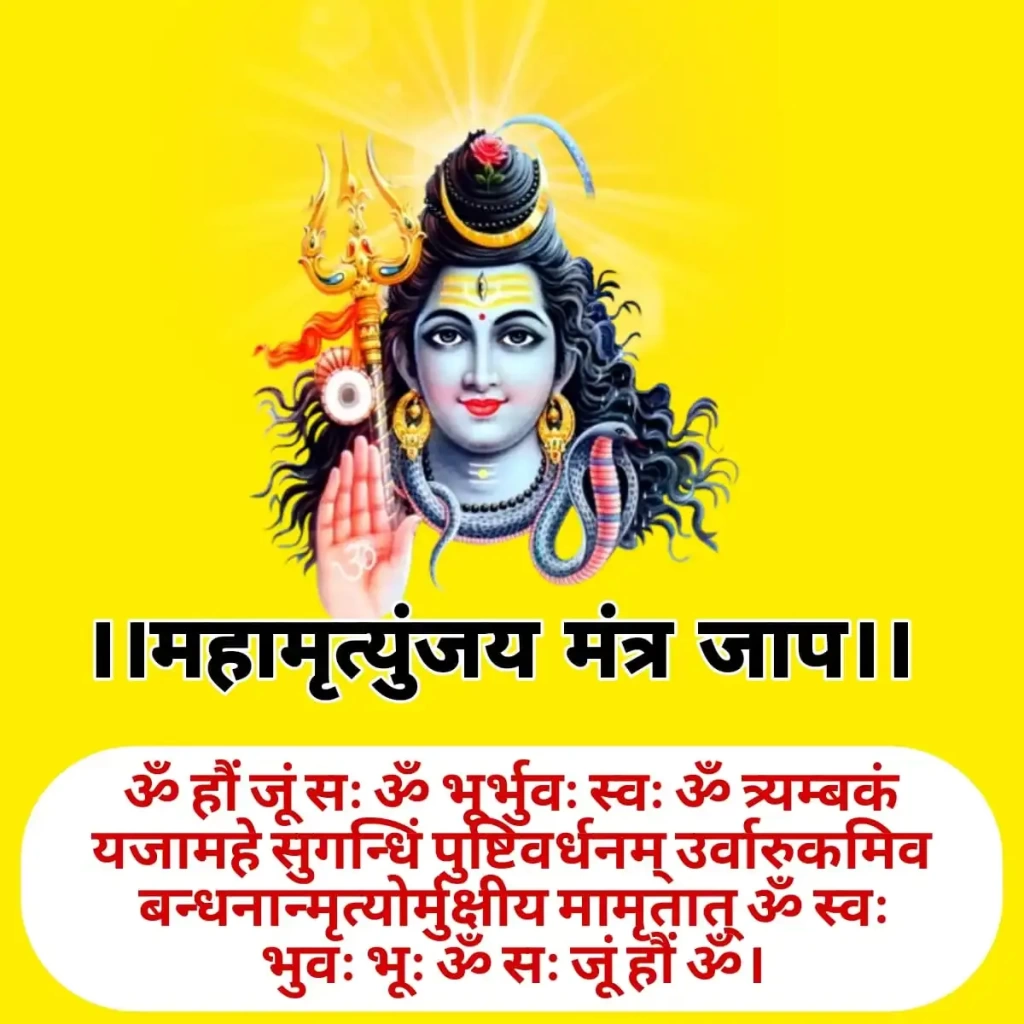
Energy Integration:
- Rest adequately after the intense ritual
- Stay hydrated and consume light, nutritious food
- Avoid excessive social interaction for 24 hours
Maintaining the Benefit:
- Perform regular shorter jaaps (at least 11 mantras daily)
- Light a ghee lamp while reciting
- Practice gratitude and positive thinking
Supporting Practices:
- Follow Ayurvedic principles in daily life
- Practice yoga and pranayama
- Maintain a sattvic diet
- Cultivate compassion and service
FAQ
Q: Can I perform the Mahamrityunjay Jaap 11000 for someone else’s healing?
A: Yes, you can dedicate the benefits to anyone. Simply hold them in your intention during the sankalpa.
Q: Is there any specific dietary restriction during this period?
A: It’s recommended to follow a sattvic diet—avoiding meat, alcohol, excessive spices, garlic, and onions.
Q: What if I make mistakes during the mantra recitation?
A: Sincere devotion matters more than perfect pronunciation. If you make a mistake, simply continue with focus.
Q: Can women perform this ritual during menstruation?
A: According to traditional views, it’s advised to pause during menstruation and resume afterward. However, modern interpretations often focus on personal comfort and devotion rather than restrictions.
Q: How often should I perform the 11,000 jaap?
A: For serious health concerns, it can be performed quarterly. For general well-being, twice yearly is beneficial.
Conclusion Mahamrityunjay Jaap 11000
The Mahamrityunjay Jaap 11000 combined with the Dhanvantari Shakti Homa represents one of the most powerful healing rituals in Hindu tradition. While maintaining the essence of these ancient practices, you can adapt them to your modern lifestyle. Remember that consistency, devotion, and pure intention are the keys to deriving maximum benefit from these sacred rituals.
May Lord Shiva and Lord Dhanvantari bless you with perfect health, longevity, and spiritual awakening.
ॐ शांति शांति शांति
(Om Peace Peace Peace)
